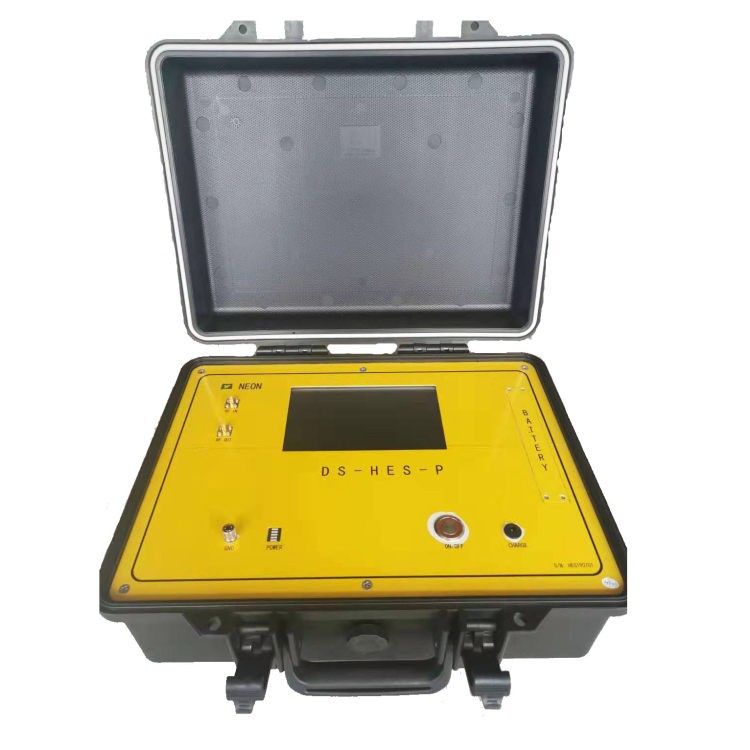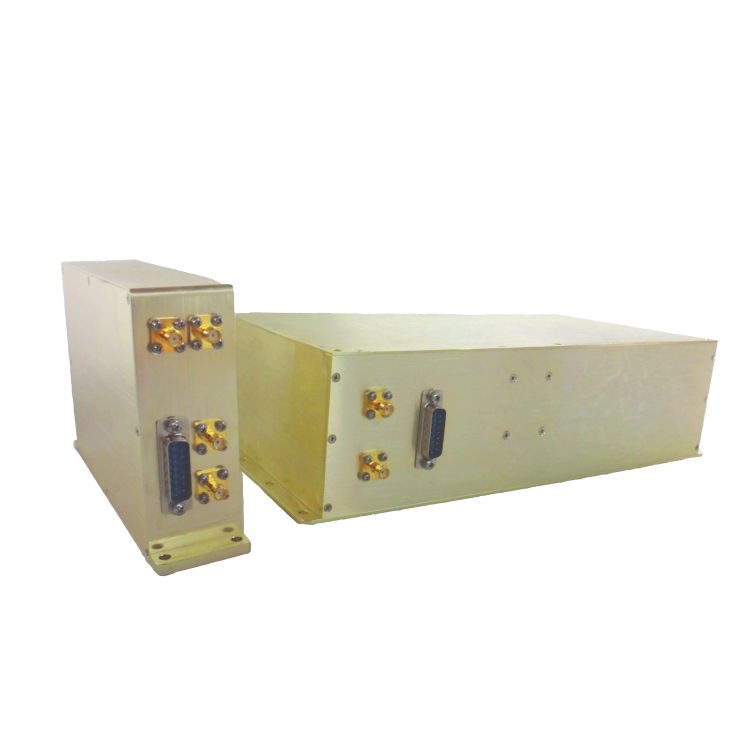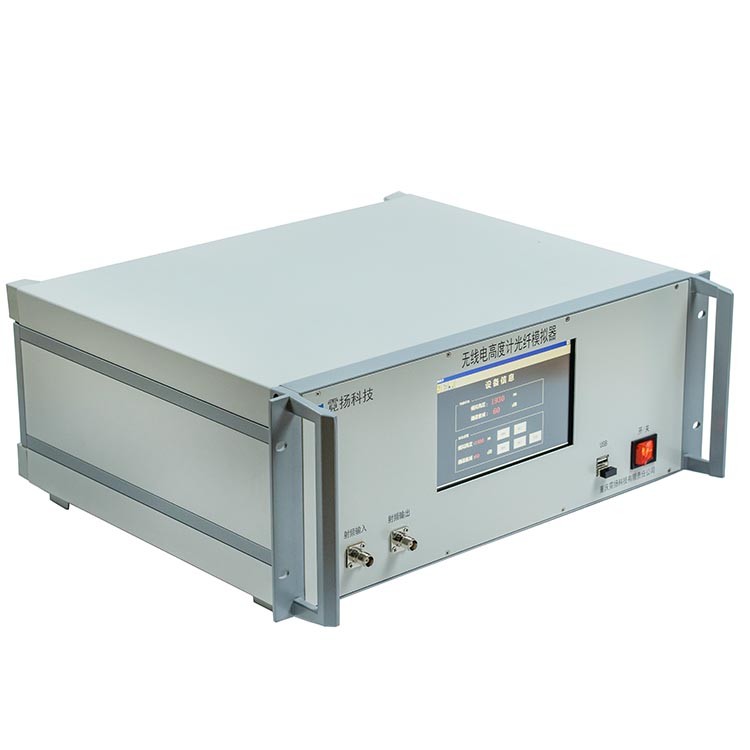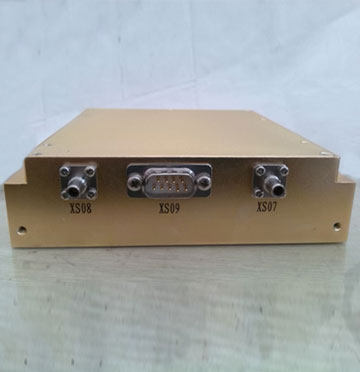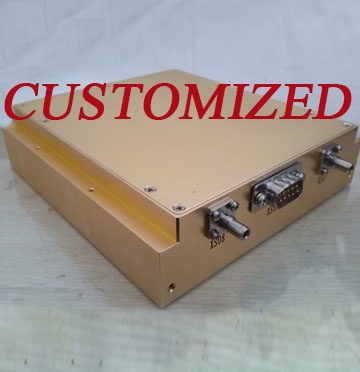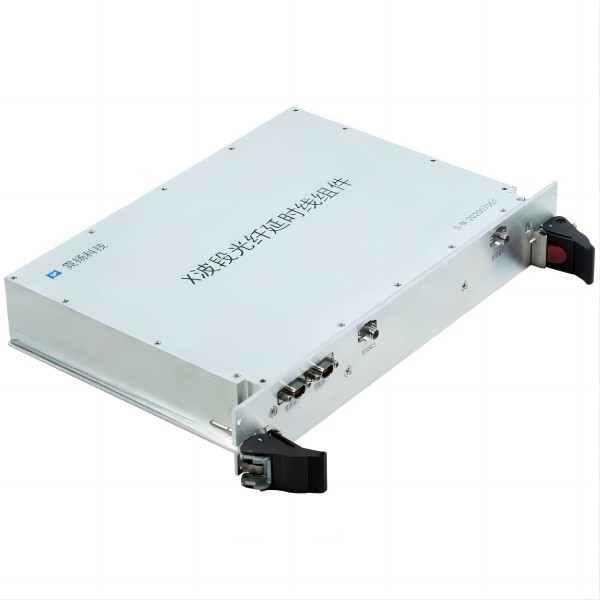The Crucial Role of Optical Delay Lines in Terahertz Time-Domain Spectroscopy
Terahertz time-domain spectroscopy (THz-TDS) is a powerful technique used for exploring the properties of various materials across diverse scientific fields. This non-destructive method relies on the generation and detection of ultrashort terahertz (THz) pulses, which lie between the microwave and infrared regions of the electromagnetic spectrum. One crucial component in every THz-TDS system is the optical delay line, which plays a vital role in accurately characterizing the temporal profile of the THz pulse.
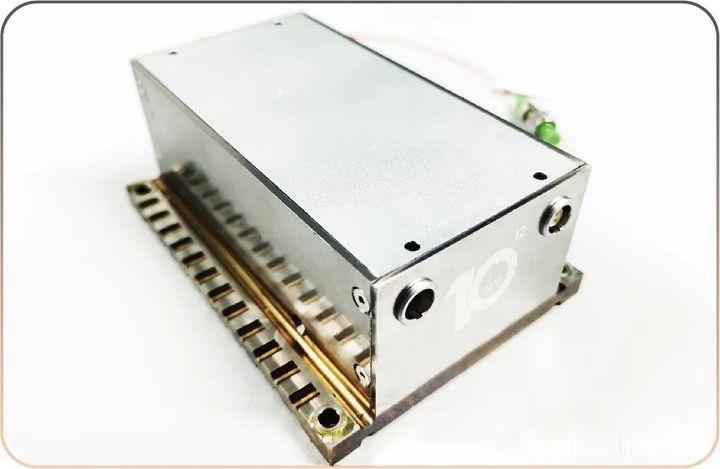
The Role of Optical Delay Lines in THz-TDS
In a THz-TDS system, an optical delay line manipulates the time delay between a pump pulse and a probe pulse. Both pulses are derived from a femtosecond laser source. The pump pulse excites a photoconductive antenna (PCA), generating a THz pulse. The probe pulse, delayed by a controlled amount using the optical delay line, interacts with the THz pulse, sampling its electric field at different points in time. By varying the time delay, the entire THz waveform can be reconstructed, providing valuable information about the material under investigation.
Types of Optical Delay Lines
There are two main types of optical delay lines used in THz-TDS:
- Linear delay lines: These delay lines use a linear motion device, such as a stepper motor or voice coil motor, to move a reflecting element on a micro-positioning stage. This changes the optical path length and introduces a time delay. Linear delay lines offer high delay accuracy and are ideal for applications where high-resolution THz spectroscopy is required.
- Rotating delay lines: These delay lines use a rotating motor to spin a reflecting element. This also changes the optical path length and introduces a time delay. Rotating delay lines can achieve higher sampling rates than linear delay lines, making them suitable for applications requiring fast measurements. However, they typically have lower delay accuracy compared to linear delay lines.
Critical Parameters of Optical Delay Lines
Several crucial parameters define the performance of an optical delay line in a THz-TDS system:
- Delay range: This parameter specifies the maximum achievable time delay by the delay line. A wider range allows for the investigation of slower processes and broader spectral features in the THz signal.
- Delay accuracy: This parameter reflects the precision with which the delay can be controlled. Higher accuracy is essential for resolving subtle features in the THz pulse and achieving high-fidelity spectra.
- Insertion loss: This parameter indicates the attenuation of the probe pulse as it travels through the delay line. Lower insertion loss ensures higher sensitivity and a better signal-to-noise ratio in the measured THz signal.
Advanced Design Considerations
Modern optical delay lines incorporate various technological advancements to enhance their performance. These include:
- High-precision micropositioning stages: These stages ensure smooth and accurate movement of the retroreflector, minimizing delay jitter and improving spectral resolution.
- Closed-loop control systems: These systems continuously monitor and adjust the position of the retroreflector based on feedback signals, ensuring precise and stable time delays.
- Low-loss optical components: Coatings and materials are carefully chosen to minimize absorption and scattering of the probe pulse, maximizing the signal strength.
- Acoustic isolation: This helps prevent vibrations from external sources from affecting the stability of the delay line, thereby maintaining accurate temporal measurements.
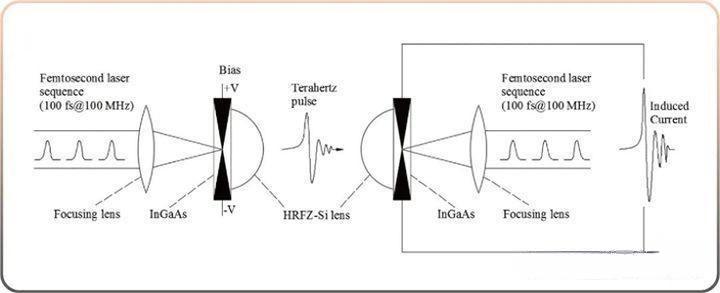
Applications of Optical Delay Lines
Beyond THz-TDS, optical delay lines find applications in various other fields, including:
- Optical coherence tomography (OCT): This imaging technique relies on interferometry to generate high-resolution images of biological tissues and other structures. Optical delay lines are crucial for controlling the coherence length of the light source, which determines the depth resolution of the OCT image.
- Ultrafast laser spectroscopy: This technique uses ultrashort laser pulses to study the dynamics of chemical reactions and other physical processes. Optical delay lines are used to measure the time-resolved response of the system under investigation, providing valuable insights into the underlying mechanisms.
- Optical communication: In high-speed communication systems, optical delay lines are used to synchronize signals and compensate for timing jitter, ensuring reliable data transmission.
Conclusion
Optical delay lines play a vital role in enabling precise and reliable terahertz time-domain spectroscopy. By carefully selecting and optimizing the design of these components, researchers can push the boundaries of THz technology and gain deeper insights into the properties of materials across various fields. With ongoing advancements in technology, optical delay lines will continue to evolve and contribute to the advancement of THz-based research and applications.


